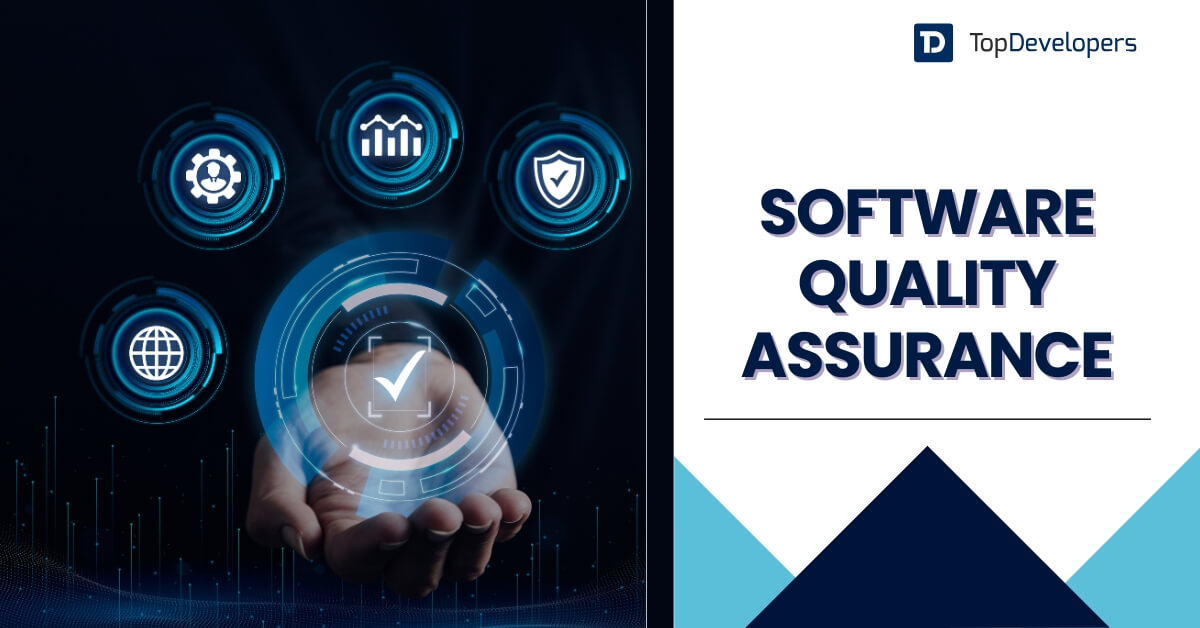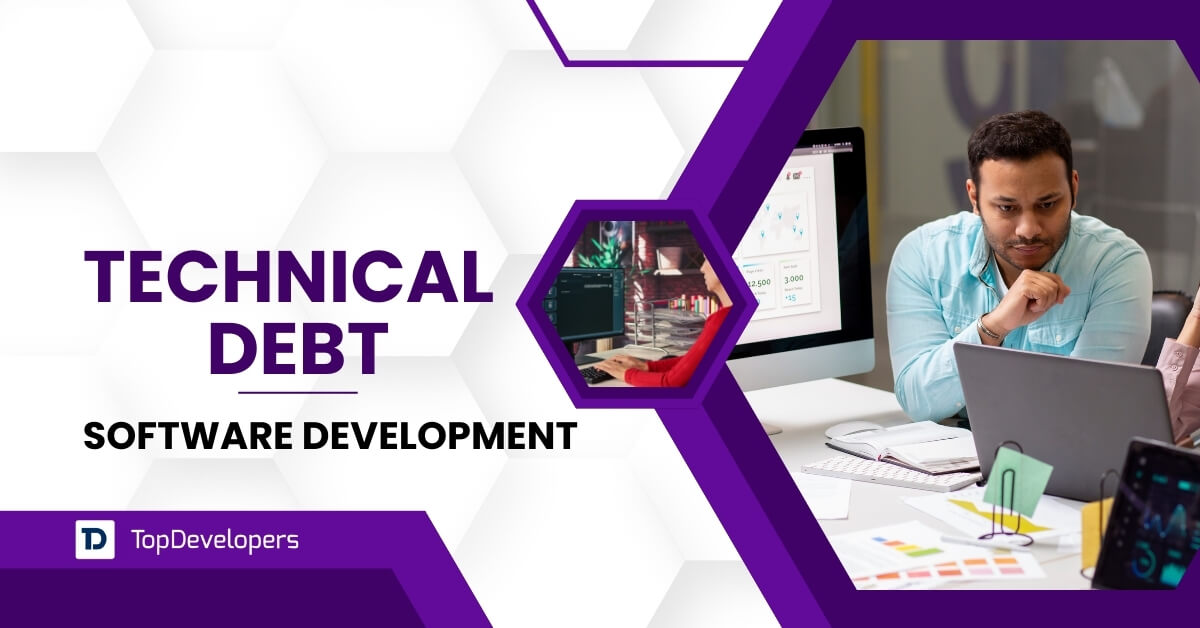
The world of software development is one of the most exciting and most lucrative industries. Australian companies looking to gain an edge in this area should ensure that their software development environment is secure if they don’t want all their work stolen by ruthless competitors.
Most software development companies focus on providing secure and tailored solutions for various industry niches including healthcare, automobile, finance, entertainment, crypto, and so on. No matter whether you outsource IT projects to offshore mobile and web development companies or build customized software within your organization in Australia, you need to ensure that the tool adheres to privacy standards.
There are two things to keep in mind – the technical aspect and the human resource aspect.
Table of Contents
- Vulnerability disclosure program
- Application security testing
- Software bill of materials
- Adhere to Privacy Laws
- Isolate development from production
- Secure the endpoints of your operation
- Use employment background checks for employees
- Keep the code in a secure environment
- Use software audits
- Don’t forget about bringing innovation into your program
Vulnerability disclosure program
The vulnerability disclosure program is specially designed to improve software product security. It enables security researchers and the Australian public to report security vulnerabilities in the product. Later, the resolutions are provided for the identified security vulnerabilities so that necessary updates are rendered. In a nutshell, a vulnerability disclosure program includes obtaining, verifying, resolving, and reporting vulnerabilities by internal or external members.
That’s why the vulnerability disclosure policy is available for the public to view and report security vulnerabilities to the organizations. The policy discloses the purpose of the program, types of security research that can be conducted, ways and timeframe to report vulnerabilities, and rewards for reporting vulnerabilities.
Application security testing
Getting the app tested by external parties helps in testing the app without bias, which is difficult to achieve in a software developer environment. Additionally, it provides comprehensive test coverage which is important for a successful app launch. Application security testing for static apps and dynamic apps helps developers get the app tested from different angles to identify security vulnerabilities. It’s employed before the app launch or subsequent releases that help in identifying and fixing vulnerabilities in a timely manner.
Software bill of materials
Keeping track of essential software components is important to ensure that the components used do not involve security risks. That’s where the software bill of materials helps. Software bills of material are essentially a list of commercial and open-source software components used during software development. It helps increase transparency in the cyber supply chain, which, in turn, makes it easier to identify and manage risks associated with every component to be used in the software development process.
Adhere to Privacy Laws
Australia has strict privacy laws. When doing any work related to software development or business in general, make sure that your business is compliant with the Privacy Act and that all processes are aligned with the rules of the Act.
Further to this, developing a comprehensive Privacy Policy for your organization will assist in complying with the Privacy Act in Australia. Businesses will need to disclose to software users how their personal information may be used and disclosed.
Isolate development from production
Separating your software design, development, testing, and production environments is essential if you work in a sensitive domain, such as financial services. This way, you avoid untested code changes corrupting your production data. Also, you avoid the risk of production data being accidentally deleted. Your software developers should not have access to the testing and production systems.
To keep your software development environment safe, you should use separate sandboxes, each of them configured to meet the needs of the team using it.
A development sandbox is a box used for the initial coding work, and it is also the place where bug reports get sent. To avoid problems, set up an editorial domain that you don’t have to register with DNS. You can use a VPN for login, and it’s easy to restrict access to parties that have no business in that sandbox. Software engineers can use the project integration sandbox to test the code before submitting it to the integration department. Such a sandbox is suitable for individual projects.
The demo sandbox is where you test the software to show stakeholders how it works. The pre-production sandbox is the place that simulates the actual production environment and where you determine how well the new software works with other applications.
The production sandbox is where the work gets done. When the code gets here, it has been thoroughly tested and debugged.
Secure the endpoints of your operation
The endpoints of your environment can be particularly vulnerable as these points have variable levels of security. Also, keep in mind that the software developers on your team routinely use some storage media, like USB sticks, to transport files from one place to another. Make sure that the endpoints are secure and all the storage devices are accounted for at all times. Use standard data security practices such as encryption to secure the endpoints. If you are working on a particularly sensitive project, you can go as far as forbidding the use of external storage drives.
Make sure that the laptops and mobile devices your software development team members use have adequate antivirus systems installed.
Use employment background checks for employees
Many businesses make the mistake of thinking that to prevent digital information theft, using secure online protocols and other expensive programs is enough to keep them safe. What about the people working on your new software? What if one of the developers you hire hampers the team’s work to sell it or use it to launch new (copied) software?
To avoid such risks, you must ask all members in your team to submit an employment background check before you hire them. In Australia, you can ask the candidate to provide a national criminal history check using a service accredited with the Criminal Intelligence Commission, for example, the Australian National Character Check (ANCC), which provides an online service. If the candidate has a record, you can look into it to see if it will impact the inherent requirements of the job role.
If there is no criminal history on the background check, you don’t have much to worry about in terms of background screening unless other essential checks may need to be carried out as per law. For example, in many Australian states and territories, working with children check is mandated for all employees if the workplace will have any access (direct or indirect) with children.
Keep the code in a secure environment
Securing the endpoints is only the first part of your effort to secure your software development environment’s safety. Another thing you should do is keep the code itself in a secure environment at all times. Here is what you need to do –
- First of all, avoid public repositories. This is very important if you’re hiring independent or freelance software developers who are used to working on open-source software. If a project is open-source, then it’s okay to put the code on GitHub. Let them know that your project is not open source, so it needs to remain a secret.
- To avoid problems, only use private servers to keep your code. Never put it on a public server or upload it to a public cloud. You won’t even need to use a public cloud until you get to the pre-production stage and have scalability issues.
- When you work on software development, it is important to make frequent backups but never store them in an environment that is not fully secured. Someone could access your work in progress to steal information or introduce malware to your code.
- Make sure only authorized personnel can access the code. Create a log to keep track of who checks in any part of the code in or out.
Use software audits
To keep your software protected, use an auditing code. It would help if you used it to test the source code to look for vulnerabilities or malicious codes. This step is crucial when the code is written in a scripting language vulnerable to malware.
Don’t forget about bringing innovation into your program
In software development, innovation is a key to progress. You want to keep a good balance between security and innovation. If your software developers in Australia tell you they could use a fresh perspective, keep an open mind. You can always bring in new people to work on a particular part of the code or give third parties access to the existing code. However, if you do that, remember to treat them as new employees and ask for a background check to stay on the safe side.
 Avantika Shergil
| Sep 11, 2023
Avantika Shergil
| Sep 11, 2023
Avantika Shergil is a technology enthusiast and thought leader with deep expertise in software development and web technologies. With over 8 years of experience analyzing and evaluating cutting-edge digital solutions, Avantika has a knack for demystifying complex tech trends. Her insights into modern programming frameworks, system architecture, and web innovation have empowered businesses to make informed decisions in the ever-evolving tech landscape. Avantika is passionate about bridging the gap between technology and business strategy, helping businesses build customized software and website, and understand about different tools to leverage effectively for their ventures. Explore her work for a unique perspective on the future of digital innovation.





